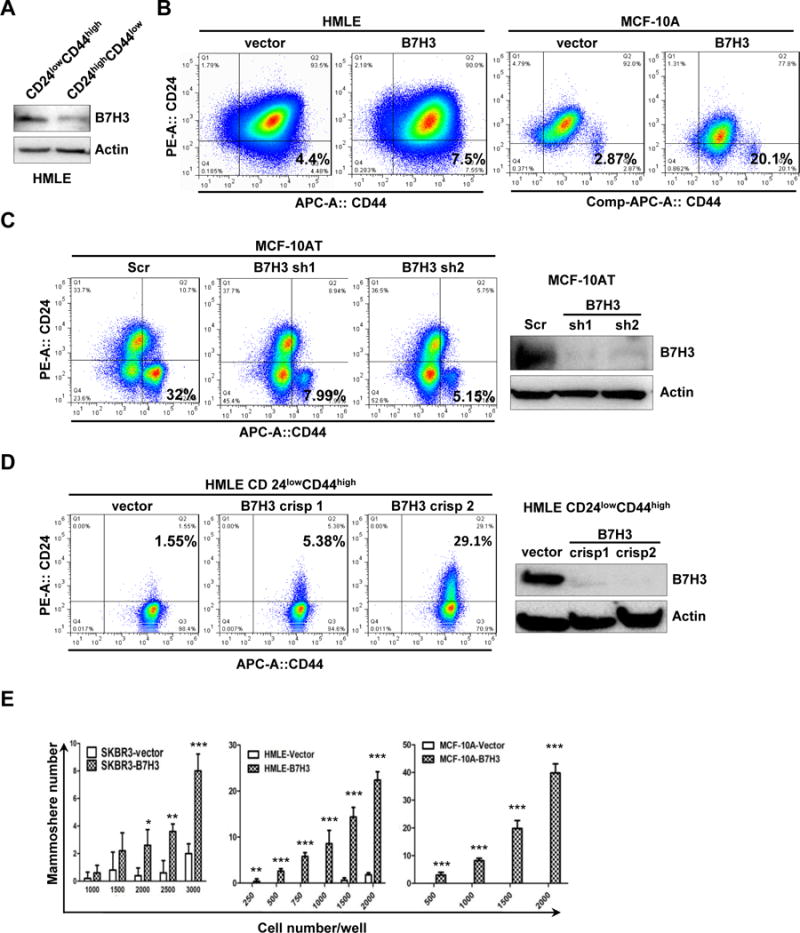Fig. 1. B7-H3 increases breast stem cells.

A. HMLE-CD24lowCD44high and HMLE-CD24highCD44low cells were sorted form parental HMLE cells. Cell lysates were prepared for Western blotting with an antibody against B7-H3, and β-actin was used as a loading control. B-D. 1 × 106 HMLE-vector, HMLE-B7H3, MCF-10A-vector, MCF-10A-B7H3, MCF-10AT-Scr, MCF-10AT-sh1, MCF-10AT-sh2, HMLE-CD24lowCD44high vector, HMLE-CD24lowCD44high crispr B7H3-1, and HMLE- CD24lowCD44high crispr B7H3-2 stable cells were incubated with CD24 and CD44 antibodies for 45 min, washed, and then analyzed by flow cytometry. E. SKBR3-vector, SKBR3-B7H3, HMLE-vector, HMLE-B7H3, MCF-10A-vector, and MCF-10A-B7H3 cells were seeded in ultralow attachment 96-well plates at different cell numbers with conditioned medium. After 5–10 days incubation, the mammosphere (diameter >75 μm) number was counted. X-axis represents the number of seeded cells per well. Columns represent the mean of three independent experiments; Bars represent S.E. **, p< 0.01; ***, p< 0.001.
